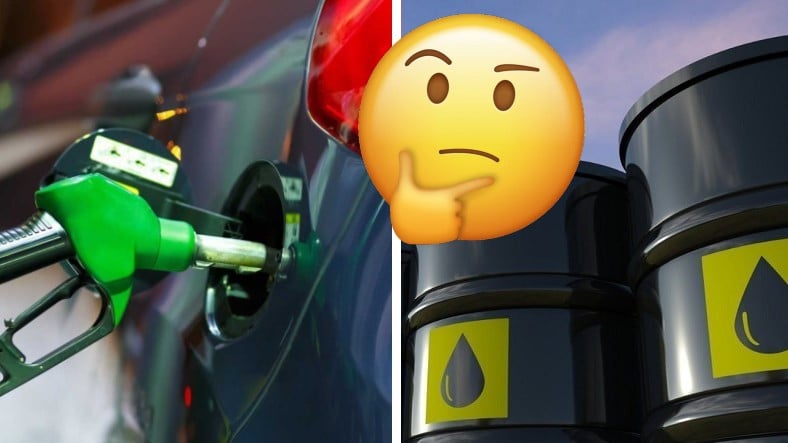Improvements in battery technology could have a positive impact on their performance in cold climates, according to a new study detailing a promising battery design for negative temperatures.
Extreme temperatures approaching zero can be very problematic for lithium-ion batteries and cause significant energy losses.
The scientists targeted one of the two electrodes of the lithium-ion battery, known as the anode. They are usually made of graphite, and recent research has shown that the flat structure of these anodes reduces the battery’s ability to transfer charge in cold temperatures. So the team started to try some alternatives.
Work began with a material known as a cobalt-containing zeolite imidazolate framework (ZIF-67), which is heated to high temperatures to form 12-directional carbon nanospheres. These tiny structures have a bumpy surface that turned out to have an excellent ability to transfer electric charge, so they were quickly used as an anode material in a battery in the form of a coin with a lithium metal cathode.
Experiments have shown that the battery is stable during charging and discharging at temperatures from +25 °C to -20 °C. At slightly sub-zero temperatures, the battery retained 85.9 percent of its capacity. Even when the temperature drops to -35 ° C, the battery with the irregular anode can still be charged, giving almost all its charge during discharge.
According to the scientists, these results show that such a design can increase the functionality of lithium-ion batteries in extreme conditions.













